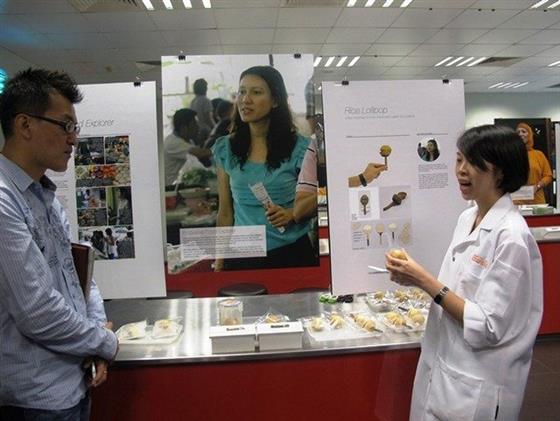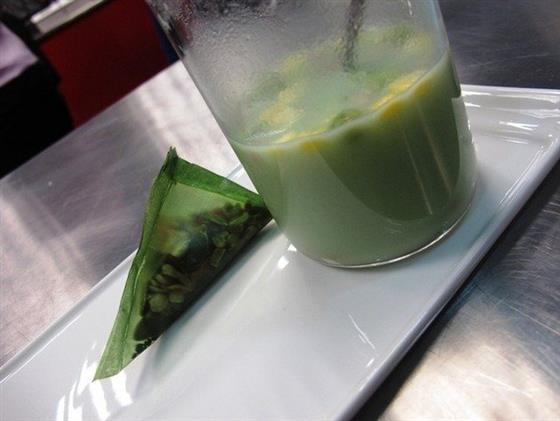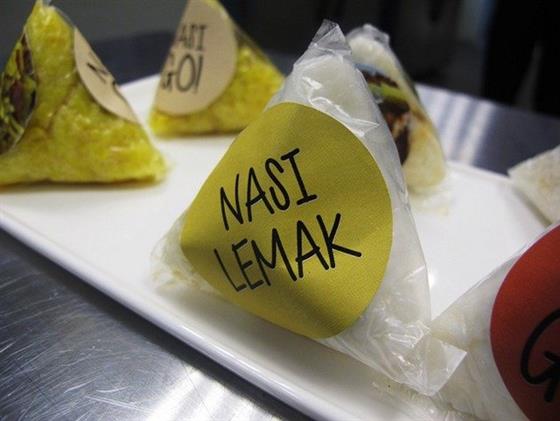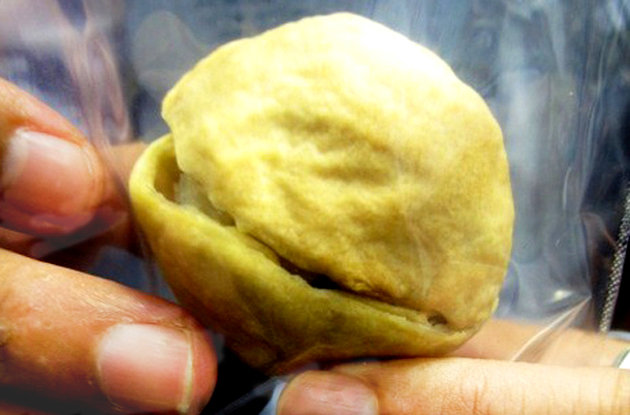Food Ethnography
By KF Seetoh - Friday, Jul 12, 2013
Ethnography… that is one word that is way down on the list of terms one would associate with food. But it makes sense, the Oxford dictionary (ok, I still use them, as I can flip faster than my screen can load ads before I get to the word) says it’s the “scientific description of cultures and people.” Both of which a nation like ours, in love with our chow, fall under. It’s a food culture propped up by an overwhelming lot of people that love it.

But it’s too many letters to digest when you are having nasi lemak with bandung susu at Adam Road hawker centre. The forward thinking people at The Design Council and the FIRC (Food Innovation and Research Centre), who set up to develop products and services to help companies (especially SMEs) to internationalise their offerings, feels that there is a need to re-design the way we like and engage our comfort and street food culture.
So they made us think about makan Design Ethnography and Design Thinking in our commercial plans and ideas, in that space, for the future. At a recent show and tell, they came up with the findings on the eating habits and lifestyle of a group of ordinary folks from Indonesia and Thailand. They range from white collar professionals, business folks, families and diners with peculiar expectations. Some were particularly fussy about hygiene and cleanliness and another will explore street food hangouts as he is seen to be an “explorer”.
It even took into account how much money and time they spend, their expectations, and where and what they eat. They also factor in lifestyle habits that can affect and influence their eating habits. There was a case of an Indonesian “tai tai” (ladyboss in Chinese) type who cooks rice at home all the time, as anyone can eat it with whatever dishes they have. So once in a while a pack of gulai (light Indonesian style curry) or rendang may appear and anyone in the family can tuck in with a plate of rice at any time. It reflects their busy existence yet echoes their need for decent feed as a family. So what did they come up with to “cure” this “problem”? To begin with, we have to understand that there was no call or desire by the respondents for a re-think in their culinary habits. The researchers felt the need to encapsulate the ethnography for better business thinking ahead.

In short, they came up with packaged fast local food solutions they believe would be a cure to the “problems”. One was a nasi lemak triangular pack, bite sized and made with a longer shelf life, but neatly wrapped in plastic.

Another sounded quite ingenious- instant soup in a tea bag that disintegrates and acts as a thickener. There’s also a rice lollipop, where the pleasures of a rice ball with a crispy shell in stuck on an ice cream stick made of biscuit with a chocolate base- main course and dessert in one stick. It’s designed for the “innovative food seeker.” I think it means the food fashionista and trendsetter. I was quite impressed with the satay, which came half cooked, and just needed a quick warm up. It had a nice roastiness to it and the meat was soft and still quite juicy for such a product.

But a question came up- why not study the Singapore eating mindset, which we are better equipped to do. The response was something about how they must be fully ready before attempting the Singapore food redesign model. Well… chicken rice ice cream anyone?


